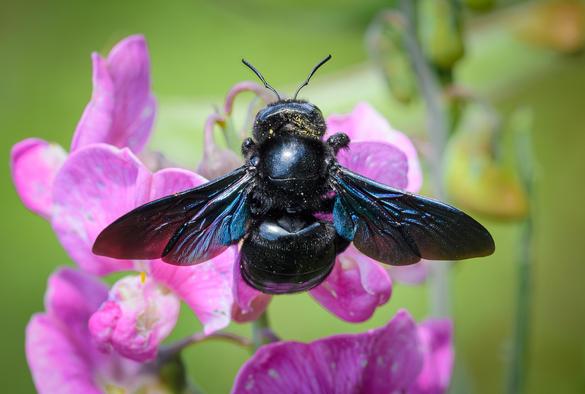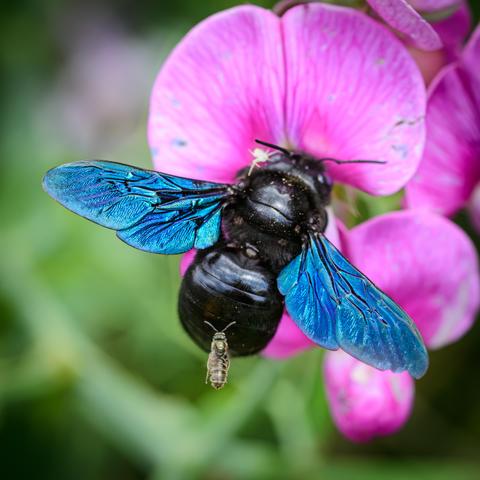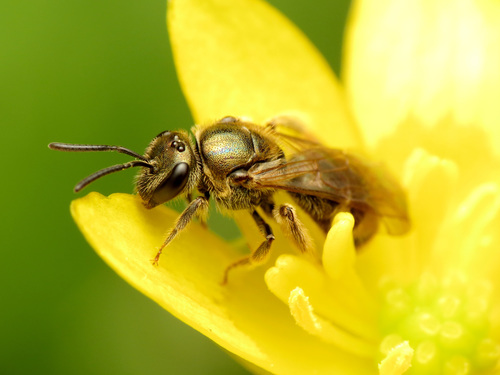The huge carpenter bees in the garden (genus Xylocopa) continue to fascinate me, & this is one of my favourite pictures to date 🙂👍
It shows the subtle dichotomy of the gorgeous wing colouring – a bright metallic violet-blue in reflection & a deep crimson in transmission ❤️
The light dusting of yellow pollen offsets the otherwise dark head & body nicely 🙇♂️
#Photography 📷
#BugOfTheDay 🪰
#MacroPhotography 🔬
#InsectsOfMastodon 🕸️
#BackGardenEntomology 🪲


